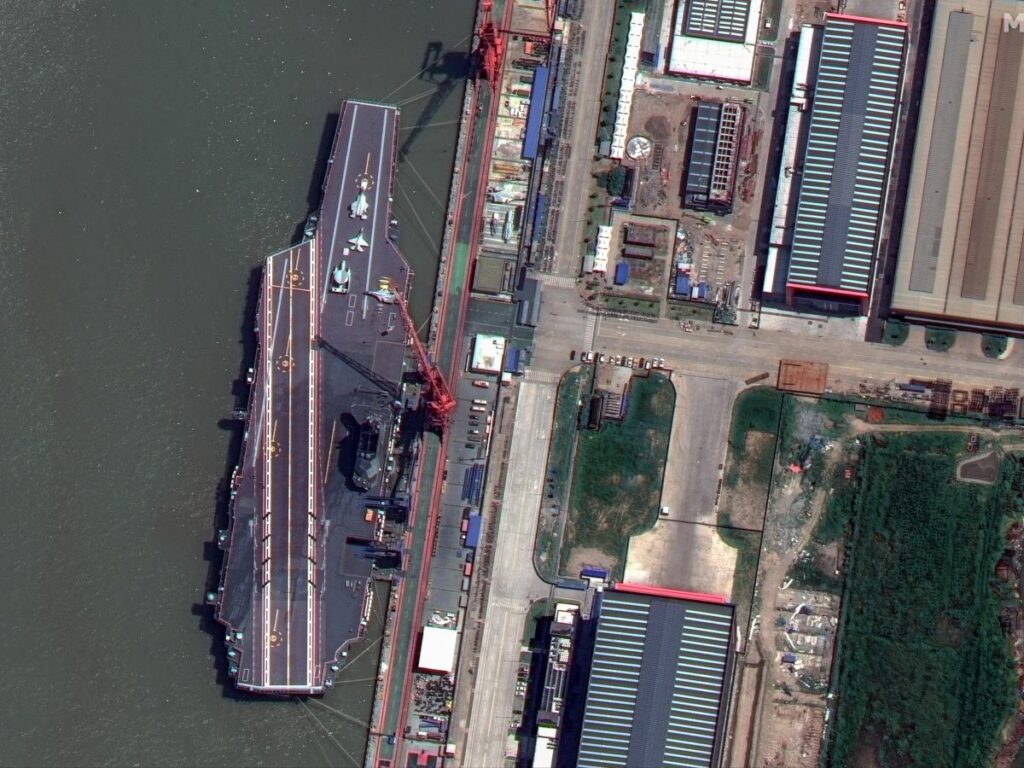-
China’s shipbuilding industry is huge and growing, driving the modernization of the Chinese navy.
-
The major shipyards produce both military and commercial vessels and deploy the industry for defense purposes.
-
China’s shipbuilding center, Changxing Island, has produced China’s third aircraft carrier and advanced warships.
It is no secret that China’s shipbuilding capacity is unmatched on the world stage and its shipyards are building new warships at a rapid pace.
Throughout the monstrous shipbuilding empire, there are a few shipyards that stand out for their important role in China’s rapid naval buildup. They produce capable warships that bolster the Chinese military and bring it closer to achieving its goals: modernization of its armed forces.
According to a Chinese government report, China’s shipbuilding industry has a capacity 230 times that of the US. recent estimates from the Office of Naval Intelligenceaccounting for approximately 50% of total global shipbuilding capacity.
The dual-purpose shipyards, which build both commercial and military vessels, have been bolstered by China’s growing status as the world’s largest shipbuilder.


And that industry is building a huge navy to go with it. The Chinese People’s Liberation Army Navy “is the world’s largest navy with a force of more than 370 platforms, including large surface combatants, submarines, ocean-going vessels, mine-hunting ships, aircraft carriers and auxiliary fleets,” the Pentagon said in its report on China’s military powerAnd that number doesn’t even include the 60 Houbei-class patrol aircraft that carry anti-ship missiles.
The expansion of China’s navy has been identified as a particular concern by the US, as the Pentagon has recognized the Chinese military as a “challenge” and a motivation for the The US military’s decision to shift focus to the Indo-Pacific.
The country’s naval vessels are being built at an incredible pace, with increasingly sophisticated capabilities, sometimes even making impressive technological leaps. By 2030, the Pentagon expects China’s PLAN to have a total force of 435 ships, a significant increase, mostly in “large surface combatants.”
The shipyards that build the Chinese navy
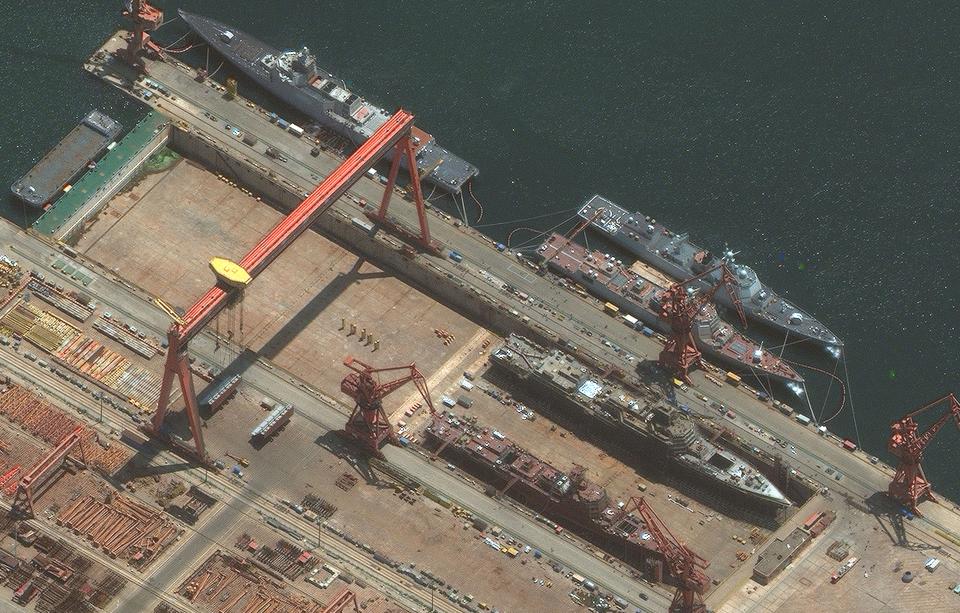

When looking at China’s shipbuilding capacity, four shipyards stand out: Dalian in northeast China, Huangpu Wenchong near Hong Kong, and the Jiangnan and Hudong-Zhonghua yards near Shanghai.
All four shipyards are run by subsidiaries of the state-owned China State Shipbuilding Corporation and pump out a variety of ships for the Chinese military, while making record profits in the commercial shipbuilding sector. Other notable shipyards include Bohai, the site of The Chinese nuclear submarinesand Wuchang, which built the Chinese Coast Guard’s large maritime patrol ship Haixun 06.
There are also dozens of shipyards in China where military vessels are produced.
Shanghai’s shipbuilding facilities are particularly notable. Jiangnan Shipyard is the site of many of the Chinese Navy’s more advanced warships, including the third aircraft carrier CNS Fujianwhich is equipped with a new catapult launch system, and the Type 055 and Type 052 destroyers.


Meanwhile, Hudong-Zhonghua has also built a number of other surface ships for the Chinese Navy, such as the Type 075 amphibious assault ships, Type 071 amphibious transport ships and Type 054 frigates.
The Crown jewel of Chinese shipbuilding is Changxing Islandwhich was part of a massive overhaul that saw the recently expanded Jiangnan Shipyard and the Hudong-Zhonghua Shipyard merged into one. China effectively relocated a shipyard to make this possible, and it did so while still producing ships.
“It’s impressive; it’s a very Chinese way of doing things,” said Brian Hart, a fellow at the China Power Project at the Center for Strategic and International Studies. “I don’t think any other country has the scale and resources to just pick up and move such a massive industrial base.”
The China Power Project at CSIS has carefully documented developments in Chinese shipbuildingincluding work on the shipyards and new ships.
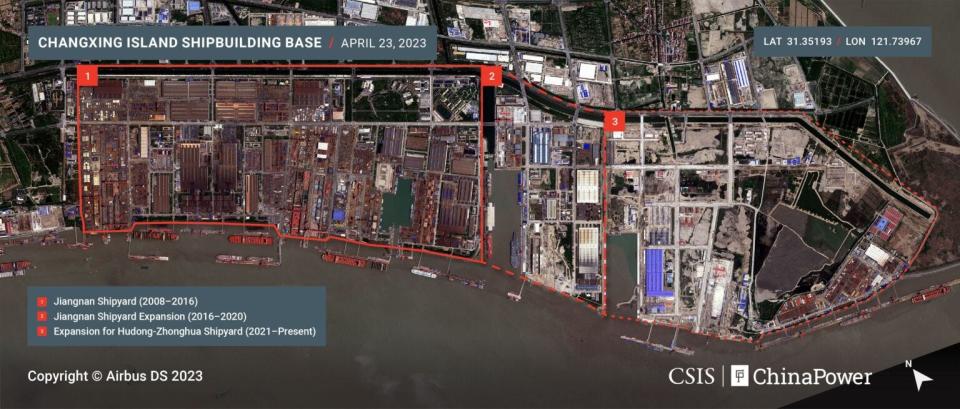

The merger of two major Chinese shipyards to build Changxing Island is the “clearest sign” of one of China’s greatest strengths in shipbuilding, said Matthew Funaoile, a senior fellow at CSIS’s China Power Project. He explained that “China is finding ways to remain more efficient and productive, and is leveraging its industrial capacity to modernize its navy.”
China calls its Changxing Island operation a “shipbuilding base” and recent satellite images have shown substantial shipyard construction. It is also building new ships.
The first Yulan-class attack ship, which has a catapult launch system for fixed-wing aircraft, is being built there. Once completed, this ship, known as the Type 076, will the largest amphibious assault ship in the world.
More than warships
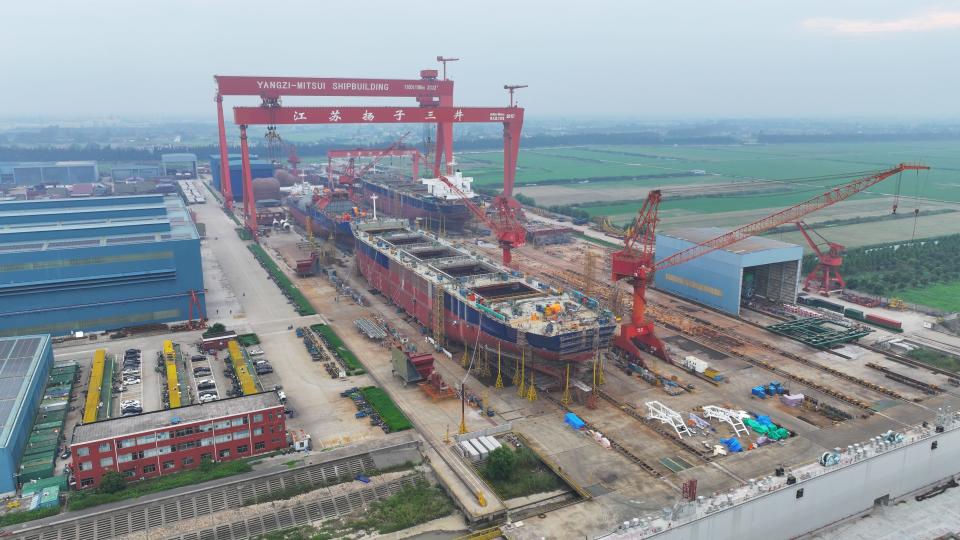

But what makes some of these yards so special is not just the military vessels they produce (although that is a large part); it is also their capacity to build commercial ships.
For example, Chinese shipbuilders are also present at the Changxing Island and Dalian shipyards fast building commercial shipsThe dual use of the yards is a unique factor in the success of Chinese shipbuilding, and the clear investment in capabilities indicates that it is focused on both building up its navy and continuing its dominant role in the shipping and shipbuilding industries.
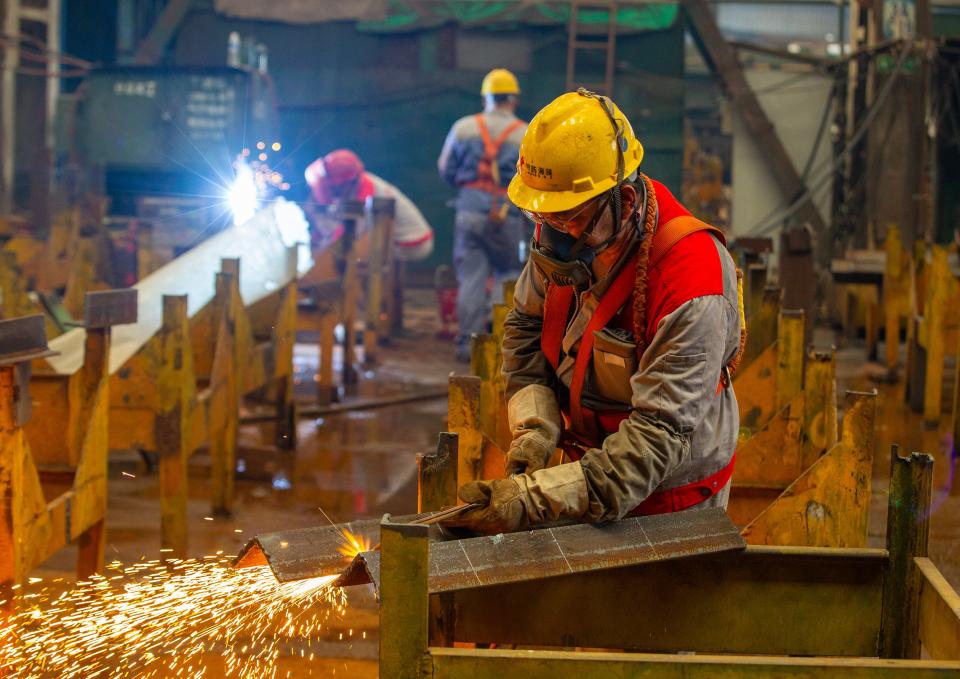

What’s striking is that there appears to be little to no distinction between how some of these facilities are used for military versus commercial ship production. Both Funaoile and Hart said the blurring of lines between those industries at this scale of production is fairly unique to China and one of the strengths of its shipbuilding empire.
“These investments demonstrate that China is investing in shipbuilding for the long term, both for the commercial and naval sectors,” Hart said.
This impetus in military shipbuilding is propelled by China’s Political Motives and Goals for High Seas NavyBy 2027, Chinese Communist Party leader Xi Jinping expects the PLA to be fully modernized, giving the country the ability to Invade Taiwan if it wanted to. And by 2049, China has goals for a national transformation into a modern power with a “world-class military.”
Read the original article at Company Insider

